The Planets that Never Were
How Worlds Thought in the 1960s to be Circling Barnard’s Star Turned out to be Illusions.
Image via: http://www.wingmakers.co.nz/universe/extrasolar/Barnards.html.
In this golden age of exoplanet discovery, it is hard to believe that less than a quarter-century ago, no planets were known beyond the Solar System.
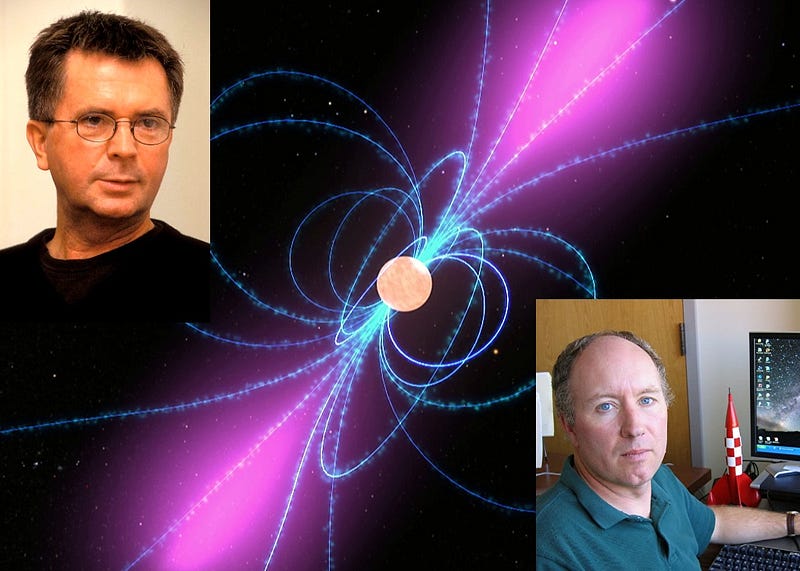
Before 1992, when Polish astronomer Aleksander Wolszczan of Penn State University, working with Dale Frail, identified two planets orbiting a pulsar (rotating neutron star) called PSR B1257+12, Pluto was considered the farthest planet from Earth. Now Pluto isn’t even classified as a full planet, but rather as a dwarf planet. My, things have changed!
Since then, more than a thousand exoplanets have been discovered, at first mainly through Doppler spectroscopy and more recently through transit photometry. Doppler spectroscopy involves measuring the subtle shifts in the spectral lines of a star’s emitted light as it periodically wobbles about its center of mass.
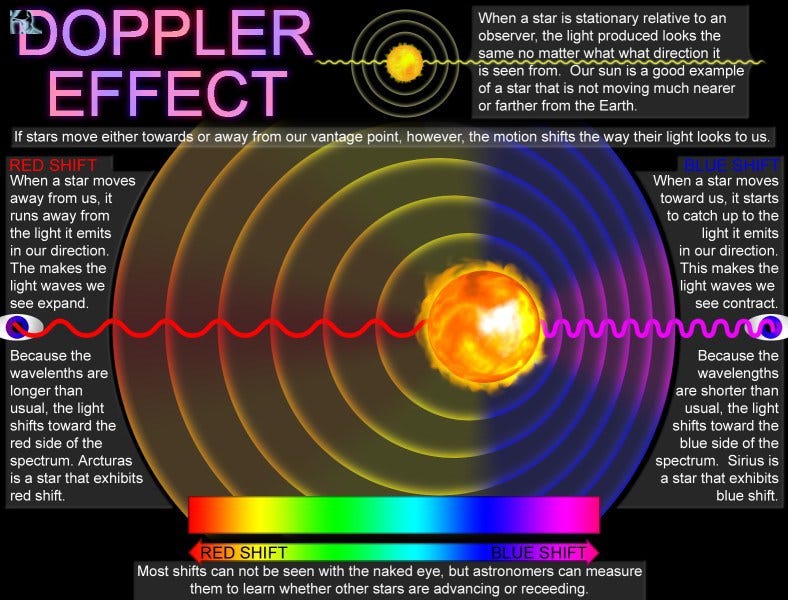
The shifts occur because of changes in the radial velocity (speed relative to us), much like the pitch changes in a siren as a fire engine approaches and speeds away. Such cyclic wobbling offers a telltale sign of the pull of one or more orbiting planets, like a dog-owner jostled back and forth as she walks down the street with an unseen Chihuahua on a leash.
Transit photometry, employed beautifully by NASA’s Kepler Space Telescope, involves measuring periodic variations in a star’s light output as an orbiting planet passes between it and us. Most of the recent discoveries, including “super-Earths” roughly comparable in size to our own planet — have emerged through that method.
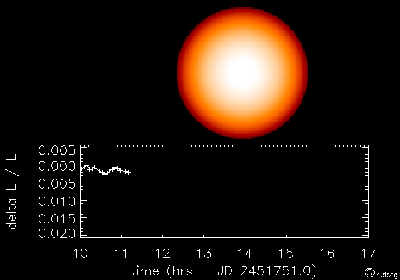
Before such delicate instruments were perfected, astronomers attempted a cruder approach to planet hunting called the astrometry method. It involved tracking a star’s movements through the sky, subtracting effects due to Earth’s motion, and looking for minuscule, rhythmic variations that could be chalked up to a planet’s pull.
Given the conditions of the times (the method was popular in the less-technologically advanced mid-20th century), we now know that the chances of finding exoplanets that way were slim. Before modern digital cameras, space telescopes, and computer algorithms that subtracted the effects of atmospheric distortion, pinning down the precise positions of stars over an extended period of time was a shakier game. The limitations of the simple, optical ground-based telescopes — with images recorded on photographic plates exposed and developed through chemical processes — offered considerable room for error.
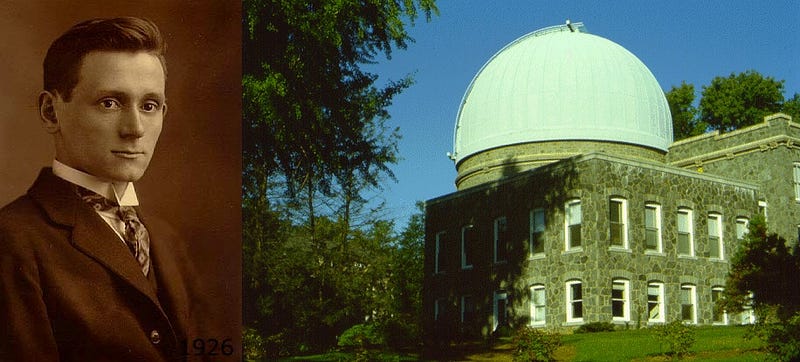
Dutch astronomer Peter van de Kamp (1901–1995), Director of Swarthmore College’s Sproul Observatory in the southwestern suburbs of Philadelphia, was a pioneer of the astrometry method.
Starting in 1937, and throughout the 1940s, 1950s, and 1960s, he painstakingly collected data with Sproul’s 24 inch refractor telescope, focusing on a nearby rapidly-moving red dwarf called Barnard’s Star. He chose that star because he thought its speed — one of the fastest in the stellar catalogue — and proximity — only about 6 light years away — would make wobbles due to planets more noticeable.
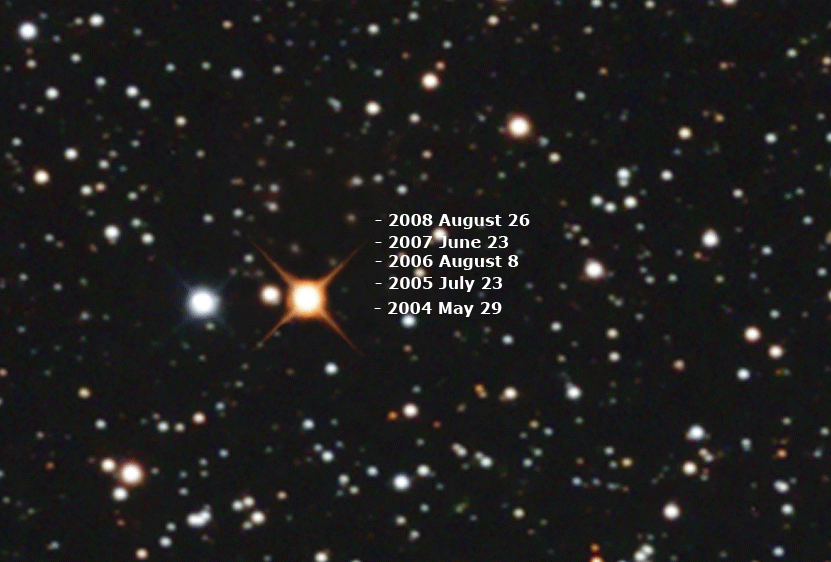
Indeed, after exposing plate after plate for many years, he began to find evidence of rhythmic undulations.
While carefully charting Barnard Star’s apparent wobbles, he established a solid reputation as an excellent instructor and world-class researcher. He was also an outstanding pianist, dancing his nimble fingers on the ivories during holidays and other occasions; even writing his own songs about the stars. One of his passions was collecting Charlie Chaplin films, which he screened while offering piano accompaniment.
In turn, delighted students sung his praises. Composer Peter Schickele, who would find much success in the guise of mock virtuoso P.D.Q. Bach, was a Swarthmore undergraduate in the 1950s and wrote “The Easy Goin’ P. V. D. K. Ever Loving Rag” and “Planetary Motion” in his honor.
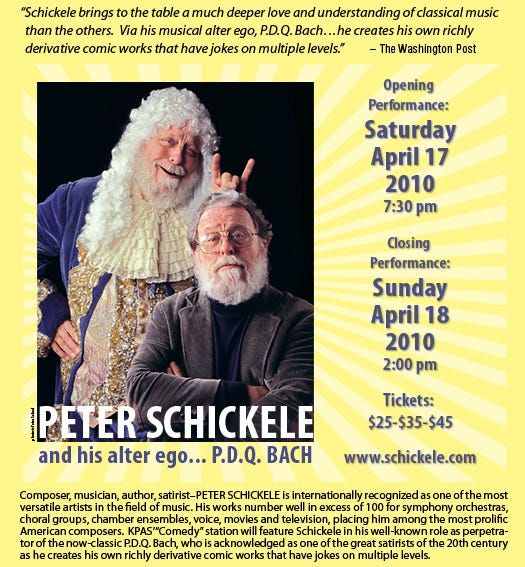
After accumulating more than 2000 photographic plates, in 1963 van de Kamp decided that he had collected enough evidence to announce success. He published a paper offering proof of a Jupiter-sized planet orbiting Barnard’s Star once every 24 earth years. By 1969, after gathering even more data, he updated his report to include a second planet in the same system.
It was the dawn of the Space Age. Talk of space colonization filled news reports. The Apollo moon mission, planned and carried out during the 1960s, would be just the start. Pundits spoke of lunar settlements, followed by Martian colonies and interstellar sojourns.
The Barnard Star announcement seemed a dream come true. The purported planets were close enough that they seemed a perfect first foothold beyond our Solar System. Van de Kamp’s already lofty reputation skyrocketed beyond the stratosphere.
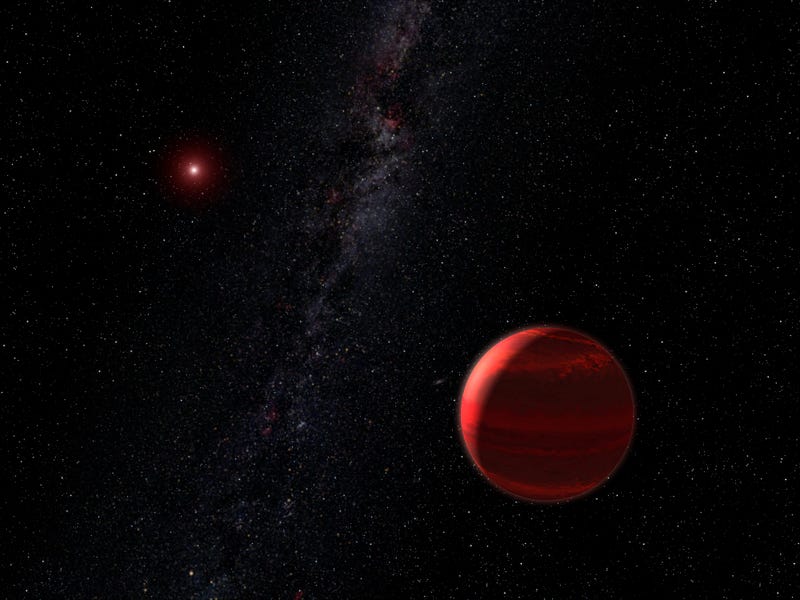
Textbooks treated the discovery as fact. The British Interplanetary Society proposed an unmanned space mission, called Project Daedulus, to be aimed at the heart of the “newfound planetary system.”
Meanwhile, van de Kamp, who was in his 60s at the time of his announcements, decided it was time to groom a successor. His choice, German-born astronomer Wulff Heintz, would prove part of his undoing.

Dutifully following, at first, in van de Kamp’s footsteps, Heintz soon began to suspect that something was amiss. Leafing through the observatory’s records, he found many inconsistencies between data from the 1940s and 1950s. Then he noted that the telescope had been taken apart, cleaned and reassembled in 1949. He further noticed that many of the images on the plates were blurry due to overexposure. Moreover, there were insufficient reference stars to make a precise enough comparison of Barnard’s Star position to its background.
Finally it hit him. The jumps in the position of Barnard’s Star fell well within the range of systematic error. The planets were simply a mirage!
Heintz was not alone in his suspicions. Other astronomers asserted that the Barnard’s Star data was spurious. However, being an insider at Sproul gave Heintz access to the original plates and records, offering him considerable grounds to question van de Kamp’s conclusions.
Van de Kamp would hear none of it. In fact he continued to offer claims of exoplanet sightings, not just around Barnard’s Star but also around other nearby stars.
Because of his prominence, many colleagues stuck with him, until overwhelming evidence to the contrary turned his claims into dust. He moved back to Holland and died in 1995, convinced until the end that he was right.
When I interviewed Heintz back in 1996 and he showed me some of van de Kamp’s plates, he seemed bitter about the way he was treated by the astronomy community until it eventually accepted his evidence.
“You know the story of Giordano Bruno?” he remarked. “At that time you got burned at the stake if you believed in multiple planets. In the present day U.S. you get burned if you don’t believe in multiple planets.”
Given his negative experiences, Heintz was understandably skeptical at the time about media reports of newfound worlds. Planetary announcements, he cynically noted, prompt “news media to report little green men with pink stripes sending UFOs to us.”
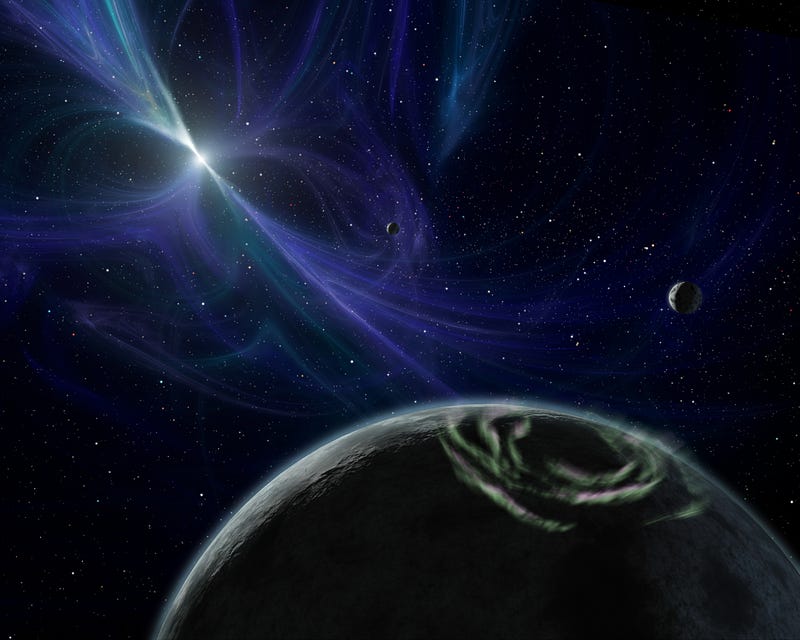
Heintz conceded that in the face of mounting evidence he could be persuaded to accept the reality of an extrasolar planet. And that’s exactly what happened, starting in the 1990s, when credible exoplanet data began to pour in. By the time Heintz died in 2006, the astronomy community had substantial reason to believe that exoplanets are commonplace. The Kepler results have bolstered that conclusion.
Ironically, though, Barnard’s Star appears barren. With all the searches, no planets have turned up in its environs. Only a lesson remains: rule out any possibility of systematic error before making bold claims.
This post was written by Paul Halpern, Professor of Physics at the University of the Sciences in Philadelphia, PA. Follow Paul’s tweets at @phalpern.
If you enjoyed this, leave your comments at the Starts With A Bang forum here!





